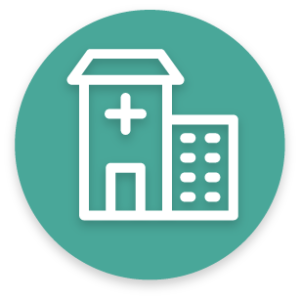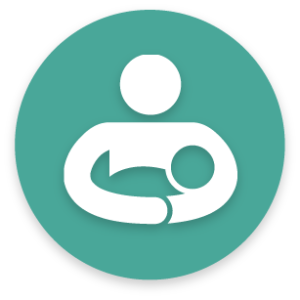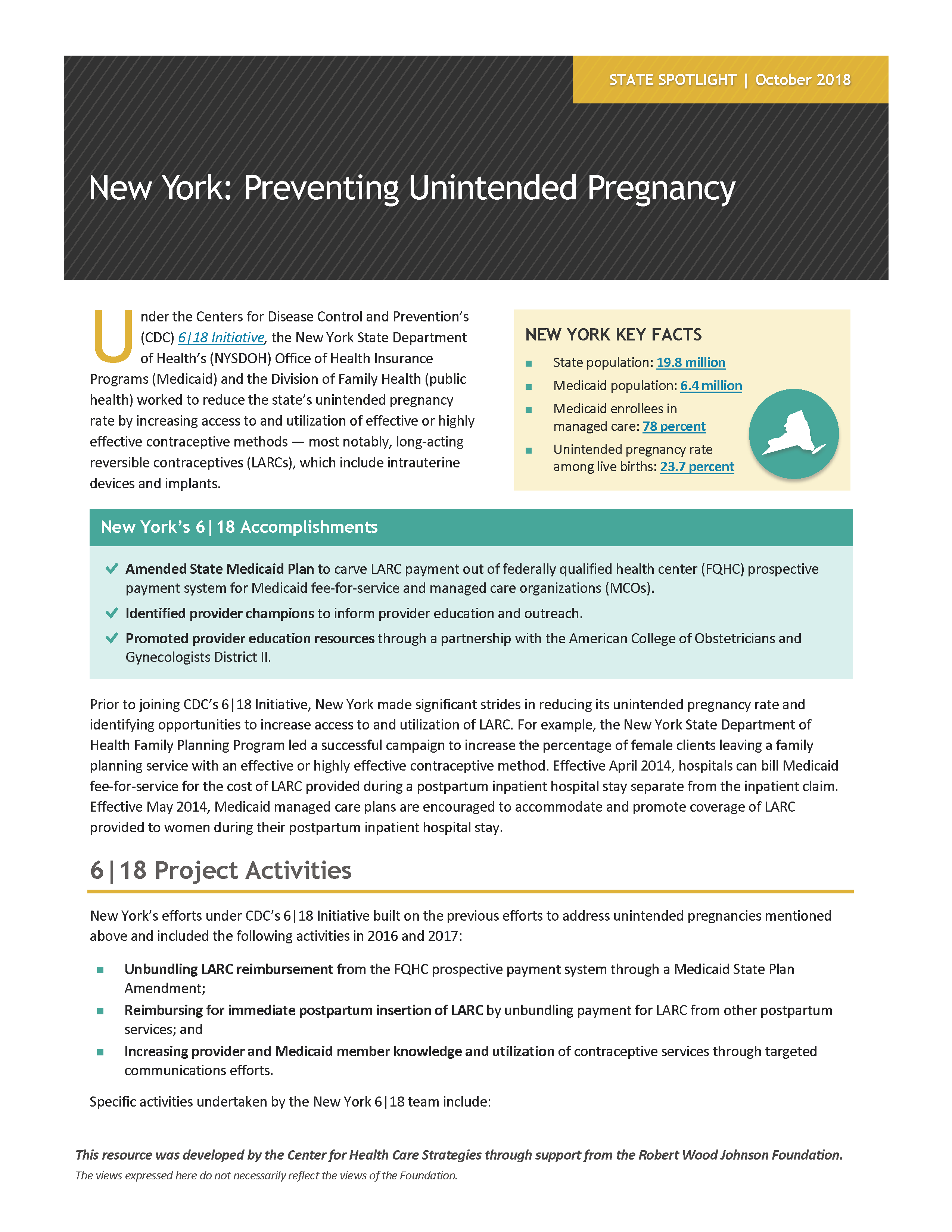New York: Preventing Unintended Pregnancy
NEW YORK KEY FACTS
- State population: 19.8 million
- Medicaid population: 6.4 million
- Medicaid enrollees in managed care: 78 percent
- Unintended pregnancy rate among live births: 23.7 percent
New York’s 6|18 Accomplishments
- Amended State Medicaid Plan to carve LARC payment out of federally qualified health center (FQHC) prospective payment system for Medicaid fee-for-service and managed care organizations (MCOs).
- Identified provider champions to inform provider education and outreach.
- Promoted provider education resources through a partnership with the American College of Obstetricians and Gynecologists District II.
6|18 Project Activities
New York’s efforts under CDC’s 6|18 Initiative built on the previous efforts to address unintended pregnancies mentioned above and included the following activities in 2016 and 2017:
- Unbundling LARC reimbursement from the FQHC prospective payment system (PPS) through a Medicaid State Plan Amendment;
- Reimbursing for immediate postpartum insertion of LARC by unbundling payment for LARC from other postpartum services; and
- Increasing provider and Medicaid member knowledge and utilization of contraceptive services through targeted communications efforts.
Specific activities undertaken by the New York 6|18 team include:
 1. Reimbursing for LARC in FQHCs
1. Reimbursing for LARC in FQHCs
New York sought to increase comprehensive LARC access through FQHCs by separating the cost of a LARC insertion from FQHCs’ standard PPS rate. Existing New York State policy did not allow FQHCs to bill for LARC devices outside of their PPS rate; however, the devices’ high cost made providing LARCs under this payment mechanism a significant financial burden for FQHCs. The NYSDOH requested a State Plan Amendment to allow FQHCs to be paid for the actual acquisition cost of the LARC device in addition to the PPS rate. The Centers for Medicare & Medicaid Services approved the State Plan Amendment for this payment change in April 2016.
 2. Reimbursing for Immediate Postpartum LARC
2. Reimbursing for Immediate Postpartum LARC
The 2016-17 New York State Executive Budget included an initiative for the comprehensive coverage of LARC. Effective September 2016, the Department of Health requires Medicaid managed care plans to implement mechanisms to pay hospitals for immediate postpartum LARC separately from reimbursement for the inpatient stay. This policy change aims to incentivize providers to offer women the option of a LARC placement immediately after delivery and prior to hospital discharge.
 3. Engaging Providers and Raising Consumer Awareness
3. Engaging Providers and Raising Consumer Awareness
New York identified significant barriers related to provider knowledge and use of LARC, including the need to:
- Train providers on how to provide effective contraceptive counseling in the prenatal period and insert LARC following a delivery;
- Educate providers on how to identify women at high risk for closely spaced pregnancies; and
- Address provider reluctance to using LARC and incorrect assumptions about using LARC immediately postpartum.
New York’s 6|18 team aimed to address these barriers — and highlight the new Medicaid payment policies noted above — through use of provider champions and development of a targeted provider education campaign with the American College of Obstetricians and Gynecologists (ACOG). The state identified two champions who engaged MCOs in their service areas around LARC reimbursement prior to the policy changes and worked with them to identify and develop provider outreach strategies. Strategies include offering contraceptive counseling upon admission to labor and delivery, stocking LARC devices on the labor and delivery floor, and ensuring that nurses talk to patients about contraception.
New York had already been raising consumer awareness around contraceptive decision-making in their Title X Clinics for many years. CDC’s 6|18 Initiative provided further opportunities to engage even more women through existing initiatives and relationships. For example, the NYSDOH partnered with the local ACOG chapter to develop provider promotional materials on LARC that reinforce preconception health and contraceptive counseling messages and strategies. These materials included a Contraceptive Counseling and Reproductive Life Planning Algorithm fact sheet that supports community health workers’ efforts to promote appropriate birth spacing and the selection of an effective contraceptive method. Additional materials were designed to dispel LARC myths and misconceptions and provide links to online LARC resources. The ACOG materials were distributed to the full ACOG District II membership and to community health workers, family planning program providers, and home visiting programs.
State Spotlights: Medicaid-Public Health Collaboration in CDC’s 6|18 Initiative
This profile is part of a series, developed by the Center for Health Care Strategies and made possible by the Robert Wood Johnson Foundation, that showcases how state Medicaid and public health departments are using the Centers for Disease Control and Prevention’s (CDC) 6|18 Initiative to accelerate the adoption of evidence-based prevention efforts focused on improving health outcomes and controlling health care costs. The CDC’s 6|18 Initiative links proven prevention activities to health coverage and delivery with a focus on six high-burden, high-cost health conditions — tobacco use, high blood pressure, inappropriate antibiotic use, asthma, unintended pregnancies, and diabetes.
